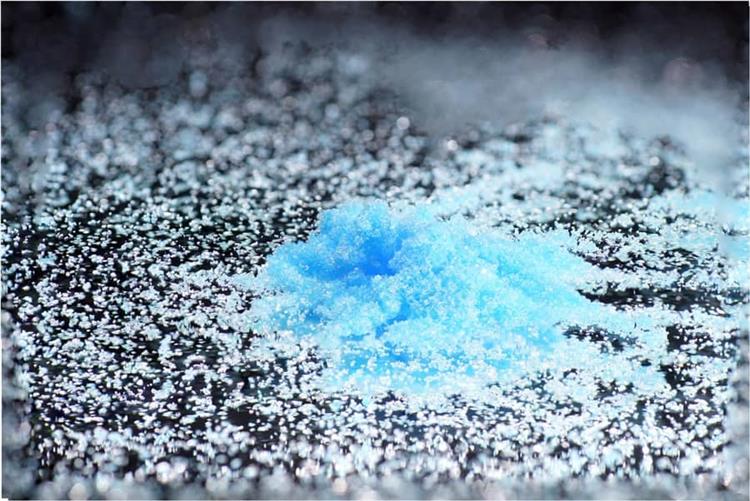
- 02 April 2024
- 723 Views
Introduction to TiO2 R900
Titanium Dioxide R900, often abbreviated as TiO2 R900, stands as a cornerstone in the realm of pigments, recognized for its exceptional brightness and high refractive index. This article aims to demystify Titanium Dioxide R900, shedding light on its composition, myriad uses across industries, and the unparalleled benefits it brings to each application.
Composition and Properties of TiO2 R900
Titanium Dioxide R900 is a specific grade of TiO2, known for its superior purity and particle size distribution. It is produced through the sulfate process, which yields a fine, white powder with outstanding dispersion properties. This grade is distinguished by its ability to provide exceptional opacity and whiteness, making it a preferred choice for high-quality coatings, plastics, and ink formulations.
Compare with KA100 grade
| Feature | Titanium Dioxide R900 | KA100 |
|---|---|---|
| Chemical Composition | Primarily Titanium Dioxide (TiO2) | Potassium Alumino-silicate (KAlSi3O8) |
| Manufacturing Process | Sulfate Process | Natural mineral, often refined |
| Primary Use | Pigment for whiteness and opacity | Filler in paints, coatings, plastics; ceramics and glass industries |
| Particle Size | Fine powder, specific distribution for opacity | Varies, generally larger than TiO2 particles |
| Refractive Index | High (around 2.7) | Lower, around 1.5 |
| Opacity | Superior | Lower than TiO2 |
| Color | Pure white | White to off-white |
| Applications | Paints, coatings, plastics, inks | Fillers in paints and plastics, ceramics, glass production |
| Environmental Impact | Regulatory scrutiny, ongoing minimization efforts | Environmentally benign, mining/processing impacts vary |
| Safety Considerations | Under review for food applications; considered safe otherwise | Considered safe with proper handling |
Key Applications of TiO2 R900
1. Paints and Coatings
In the world of paints and coatings, TiO2 R900 is prized for its ability to impart excellent coverage, durability, and UV resistance. Its high refractive index ensures that coatings are bright and vivid, providing long-lasting protection and aesthetic appeal to surfaces.
2. Plastics
For plastics, the incorporation of Titanium Dioxide R900 enhances product attributes by providing superior whiteness and preventing discoloration over time. It also plays a crucial role in improving the UV resistance of plastic products, extending their life span.
3. Inks
In the ink industry, TiO2 R900 is valued for its ability to produce bright, opaque colors. Its fine particle size allows for smooth printing and consistent color delivery, essential for high-quality printing outcomes.
4. Food Additives
Titanium Dioxide R900 also finds a place as a colorant in the food industry, where it is used to enhance the whiteness and brightness of products. However, it's important to note that the use of TiO2 in food applications is subject to regulatory approval and varies by region.
Technical Information of TiO2
Titanium Dioxide R900: This grade of TiO2 is optimized for applications requiring high levels of whiteness, brightness, and opacity. Its particle size and surface treatment are engineered to enhance dispersion in various media, making it highly effective in applications ranging from high-end coatings to consumer goods. The sulfate process used in its production allows for the customization of particle size to fit specific application needs.
KA100: Represents a category of potassium feldspar minerals, which are valued for their chemical resistance, durability, and thermal stability. While not a direct competitor to TiO2 in terms of pigment properties,TiO2 KA100 is essential in applications where physical properties such as abrasion resistance, chemical stability, and thermal resistance are crucial. Its use in ceramics and glass production leverages these properties to improve the quality and durability of the final product.
This table provides a foundational understanding of the differences between Titanium Dioxide R900 and KA100, focusing on their composition, applications, and the distinct advantages they offer in their respective fields.
Environmental and Safety Considerations of TiO2 R900
While Titanium Dioxide R900 is integral to various products, its environmental impact and safety have been topics of discussion. Regulators and industries are working towards ensuring that TiO2 is used in a manner that is safe for both consumers and the environment, with ongoing research into its effects and potential alternatives.
Conclusion
Titanium Dioxide R900 is an indispensable pigment in numerous sectors, offering unmatched opacity and whiteness that enhance the quality and appearance of products. Its wide range of applications highlights its versatility and importance, making it a vital component in the formulation of paints, plastics, inks, and even some food products. As industries continue to innovate, the role of Titanium Dioxide R900 in product development and enhancement remains significant, ensuring that it will continue to be a valued material in the years to come.
